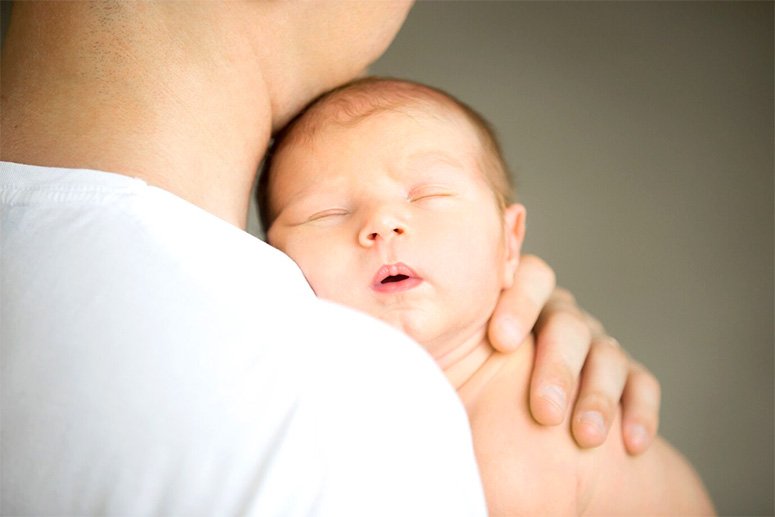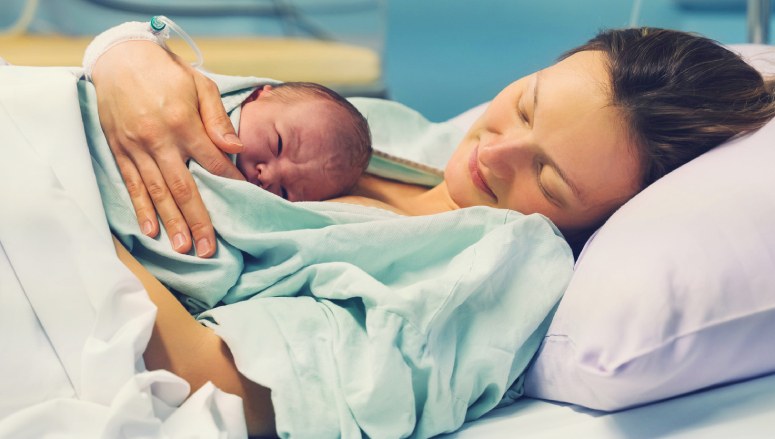Contents
- 1 What are the odds of being born – The factors influencing your chances
- 1.1 Reproductive Age of Parents and the Odds of Being Born
- 1.2 Probability of Meeting the Right Partner and its Impact on the Odds of Being Born
- 1.3 Probability of a Successful Pregnancy and the Odds of Being Born
- 1.4 Survival of Ancestral Lineage and its Effect on the Odds of Being Born
- 1.5 Genetic Combination and the Unique Odds of Being Born
- 2 Detailed Mathematical Breakdown
- 3 Comprehensive Probability Calculation and the Odds of Being Born
The question, “What are the odds of being born?” is a concept that intertwines various fields such as biology, mathematics, and sheer luck. Calculating these odds involves breaking down numerous factors and determining the probability at each stage.
This intricate process highlights the remarkable and almost miraculous nature of our existence. In this detailed analysis, we delve deeper into these factors, providing a comprehensive mathematical perspective.
What are the odds of being born – The factors influencing your chances
Some of the factors, influencing the odds of being born include:
Reproductive Age of Parents and the Odds of Being Born
The reproductive age of humans typically ranges from around 15 to 45 years. This 30-year window represents the period during which humans are biologically capable of conceiving children. For the sake of simplicity and calculation, we assume both parents fall within this reproductive age range, significantly impacting the odds of being born.
This window is influenced by various biological and environmental factors. For instance, fertility rates decline with age, especially for women after the age of 35.
Men, while generally able to conceive children at older ages, also experience a decline in fertility over time. The intersection of both parents being in their reproductive prime narrows down the probability significantly.
Lifestyle choices, health conditions, and environmental factors can further affect fertility within this window, adding layers of complexity to the already narrow time frame, thereby affecting the odds of being born.
Probability of Meeting the Right Partner and its Impact on the Odds of Being Born
Meeting a compatible partner is a crucial step in the journey towards conception, heavily influencing the odds of being born.
Considering the global population and the myriad social dynamics at play, finding a suitable partner is a significant filtering factor. The probability of two specific individuals meeting and forming a reproductive partnership can be surprisingly low.
Factors such as geographical location, cultural and social backgrounds, personal preferences, and random chance all play roles in this process.
In a world of over 7.8 billion people, the chance of two specific individuals meeting and becoming partners can be minuscule. Moreover, societal norms and personal circumstances can further influence the likelihood of forming a lasting partnership.
For example, educational and professional environments, social networks, and even online dating platforms can impact the chances of meeting the right partner.
Probability of a Successful Pregnancy and the Odds of Being Born
Not every conception results in a successful pregnancy. Various factors can impact the likelihood of a pregnancy reaching full term, including miscarriages, which occur in approximately 1 out of 4 known pregnancies.
This means that the chance of any given pregnancy resulting in a live birth is about 75%, directly influencing the odds of being born.
Additionally, factors such as maternal health, age, genetic conditions, and prenatal care play crucial roles in the success of a pregnancy. Health conditions like diabetes, hypertension, and thyroid disorders can complicate pregnancies. Moreover, access to quality healthcare and prenatal support significantly influences the likelihood of a successful pregnancy.
Thus, the biological and medical complexities involved further narrow down the probability of an individual being born, considering the high rate of natural pregnancy loss and potential complications that can arise during gestation, affecting the overall odds of being born.
Survival of Ancestral Lineage and its Effect on the Odds of Being Born

For any individual to be born, their ancestral lineage must have survived and reproduced successfully through countless generations.
This means an unbroken chain of successful reproductive events stretching back thousands of years. The survival and reproductive success of each generation is influenced by numerous factors, including historical events, diseases, environmental changes, and social conditions, all of which play a role in the odds of being born.
Each ancestor in the lineage faced their own set of challenges, from surviving childhood illnesses to finding a mate and having children.
Wars, famines, plagues, and other historical events could have easily disrupted this chain at any point. Therefore, the fact that an unbroken lineage has persisted long enough to result in the birth of any individual is an incredibly improbable feat.
Genetic Combination and the Unique Odds of Being Born
Each sperm and egg combination is unique, with over 8 million possible genetic variations from each parent. The specific combination that leads to an individual is the result of a highly complex and random process.
During reproduction, genetic material from both parents combines in unique ways, resulting in a new individual with a distinct genetic makeup, emphasizing the unique odds of being born.
This genetic lottery means that the exact combination of genes that creates any particular person is extraordinarily rare. With 8 million possible variations from each parent, the combined probability of any specific genetic makeup occurring is 1 in 64 trillion.
This randomness and diversity of genetic combinations further narrow the probability of an individual’s birth, highlighting the uniqueness of each person’s genetic identity and the overall odds of being born.
Detailed Mathematical Breakdown
1. Reproductive Age Window and the Odds of Being Born
The reproductive age window for humans spans approximately 30 years. The probability that conception happens in any specific year within this window is straightforward to calculate:
Probability = 1/30Given that two parents are involved, we multiply this probability for each parent:
Combined Probability = (1/30) × (1/30) = 1/9002. Meeting the Right Partner and the Odds of Being Born
The chance of meeting a compatible partner can be approximated considering global population dynamics and social compatibility.
If we assume that out of the total population, only 1 in 10,000 individuals is a suitable partner:
Probability = 1/10,000Considering both parents:
Combined Probability = (1/10,000) × (1/10,000) = 1/100,000,0003. Successful Pregnancy and the Odds of Being Born
Not every conception leads to a successful pregnancy.
Statistically, around 1 in 4 pregnancies end in miscarriage, giving us a 75% chance of a successful pregnancy:
Probability = 0.75For both parents to conceive successfully:
Combined Probability = 0.75 × 0.75 = 0.56254. Ancestral Lineage Survival and the Odds of Being Born
The survival of the ancestral lineage is a critical factor.
Homo sapiens have existed for about 200,000 years, with an average generational span of 25 years, resulting in approximately 8,000 generations.
Assuming each generation has a survival probability, we must consider this cumulative effect. Let’s assume a survival probability of 90% for each generation:
Probability per generation = 0.90For 8,000 generations:
Combined Probability = 0.90^8,000 ≈ 3.78 × 10^-3475. Genetic Combination and the Odds of Being Born
Each human inherits a unique combination of genes from their parents, with over 8 million possible genetic combinations from each parent:
Probability = 1/8,000,000Combining both parents’ genetic combinations:
Combined Probability = (1/8,000,000) × (1/8,000,000) = 1/64 × 10^12Comprehensive Probability Calculation and the Odds of Being Born
By combining all these probabilities, we get the overall probability of being born.
Overall Probability = (1/900) × (1/100,000,000) × 0.5625 × 3.78 × 10^-347 × 1/64 × 10^12This results in an extremely small probability, emphasizing the miraculous nature of our existence and the astonishing odds of being born.
The probability of being born is a result of a series of highly improbable events. This analysis breaks down the factors influencing these odds and combines them mathematically to highlight the sheer improbability of existence.
If you are curious about the odds of being born on a leap day, we’ve already explored this topic in “What are the Odds of Being Born on Leap Day (February 29th)“. Make sure not to miss it!



